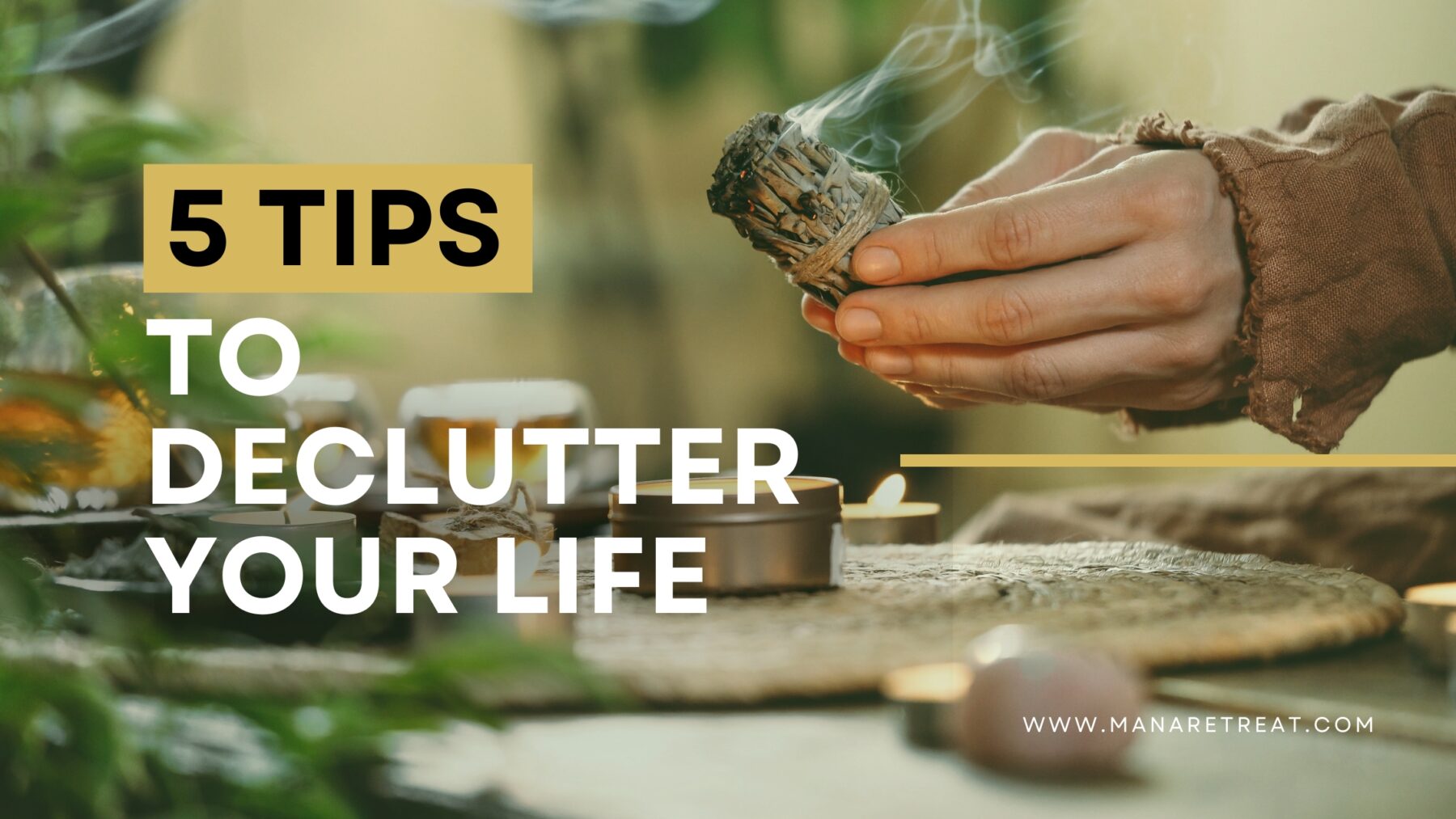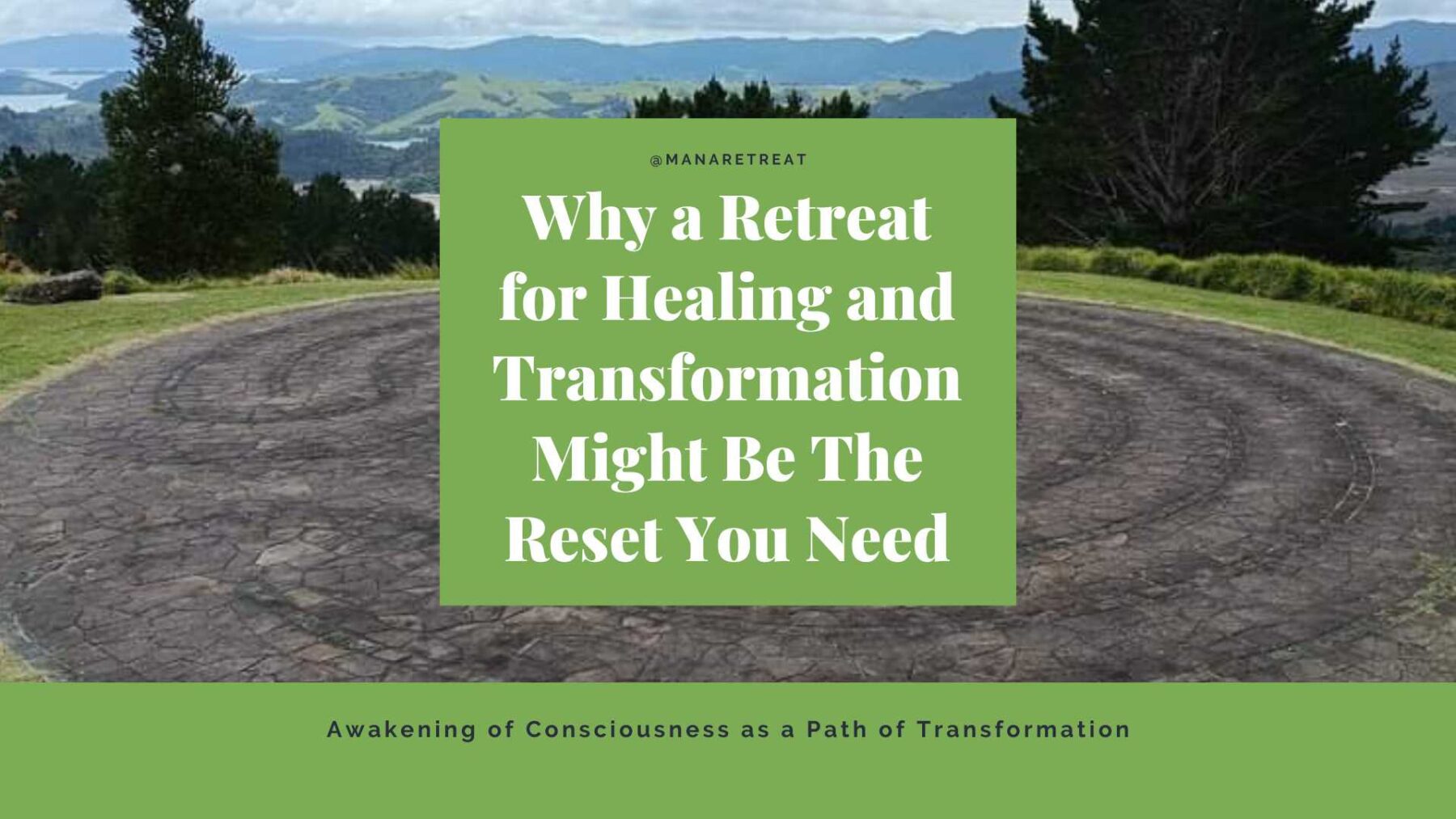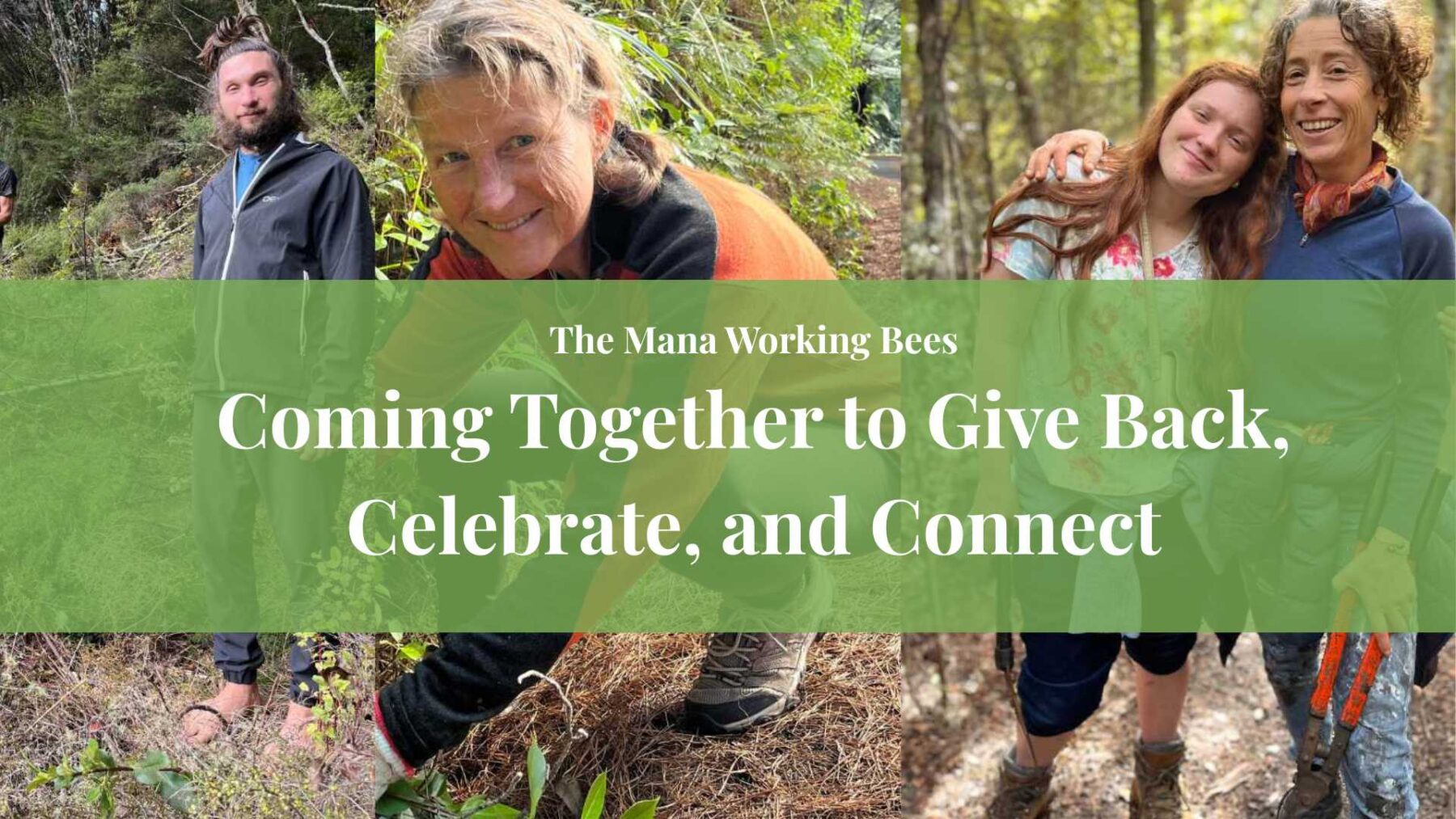The Freedom of Letting Go of 'Stuff'
Do you sometimes snack mindlessly on mediocre food? Buy clothes that don’t really fit? Binge-watch TV shows when you really need sleep? You’re not alone. Our culture has become almost fanatically centered on consumption of all types, and it’s affecting our health, happiness, and well-being. Annie Leonard notes:
The average person now consumes twice as much as 50 years ago.
Her 2007 documentary, The Story of Stuff, tracked the cycle of commodities from production to disposal. In our grandparents’ day, she says, “stewardship and resourcefulness and thrift were valued.”
Our propensity for consumption began after World War II, Leonard explains, when the United States ramped up its production of consumer goods to rebuild the economy. Along the way, new advertising strategies tied emotion to consumption, promising happiness with certain products and emptiness without them. This soap will make your skin glow! This coffee will make your spouse love you! This lawnmower will make your neighbors jealous!
To say the approach was successful is an understatement.
We are like fish, and consumption is our water, we don’t even realize how much it surrounds us and becomes a part of us. We’re swimming in the idea that if you have more, then you can be happy.
Greg McKeown, author of Essentialism: The Disciplined Pursuit of Less.
If that were true, the United States—which has 5 percent of the world’s population, consumes 30 percent of its resources, and creates 30 percent of its waste—would be the happiest place on Earth. But according to the 2016 World Happiness Report, it’s ranked 13th, well behind the Scandinavian countries, Switzerland, Canada, and others. And our overall happiness has declined steadily over the last decade.

This leads to what happiness researchers refer to as the hedonic treadmill—a cycle that begins with a purchase and post-consumption buzz, followed by a disappointing crash, which is then chased by a search for another buzz.
Michelle Gielan, author of Broadcasting Happiness: The Science of Igniting and Sustaining Positive Change notes:
At a basic level, we’re all just looking to be happy, but at a certain point, many people start to notice that any pleasure from what they consume just doesn’t last. That’s because it doesn’t enrich us in ways that really count.
This cycle trains our minds to be in a perpetual state of craving.
Consumption . . . often comes from a feeling that you lack something, if your brain is focused on what you don’t have, then you’ll be unhappy.
The false promise of satisfaction present in so many advertising messages can trap us in a cycle of endless pursuit, convinced that if this product or that experience doesn’t do it, we must just need one more.
Habits of consumption don’t just affect our happiness; they’re also tough on the planet. Our discarded stuff all ends up somewhere, whether that’s clogging a waterway, overstuffing a landfill, or polluting a landscape.
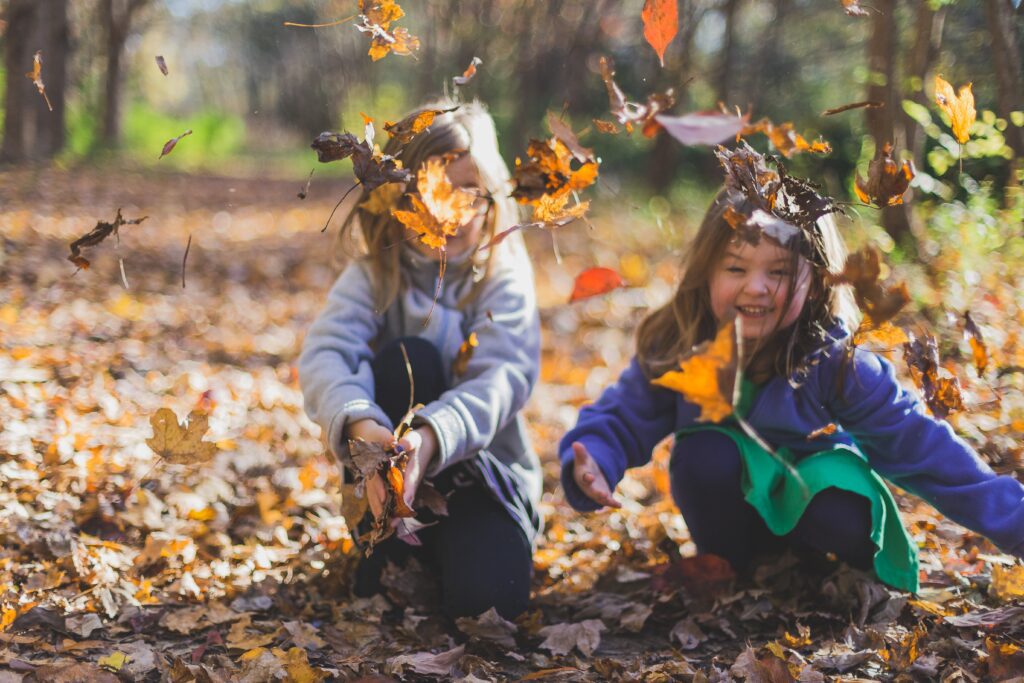
The average U.S. household generates more than 20 pounds of hazardous waste a year, according to the Environmental Protection Agency. This waste is harmful all along the disposal chain—for the sanitation workers who handle it and for the places where it’s ultimately deposited.
And ‘ordinary’ waste is equally hazardous; it just takes a little longer to do damage. More than 60 million plastic water bottles end up in municipal landfills every day. These dumping grounds are the second-largest source of human-related methane emissions in the United States and contribute to the overall warming of the planet.
The massive floating islands of trash in the Pacific Ocean, often referred to as the Great Pacific Garbage Patch, are composed almost entirely of post-consumer plastic and have been described as twice the size of Texas. But it doesn’t have to be this way, says McKeown:
We just cannot sustain an endless pursuit of more, that hurts our hearts as much as it hurts the planet. But the positive news is that we can turn this around.
Reduce, Reuse, Rejoice
Breaking the cycle of overconsumption is not always easy, but it’s entirely possible—and it gets easier as you go along. These strategies can help you consume less and get more pleasure from the items you do choose to include in your life.
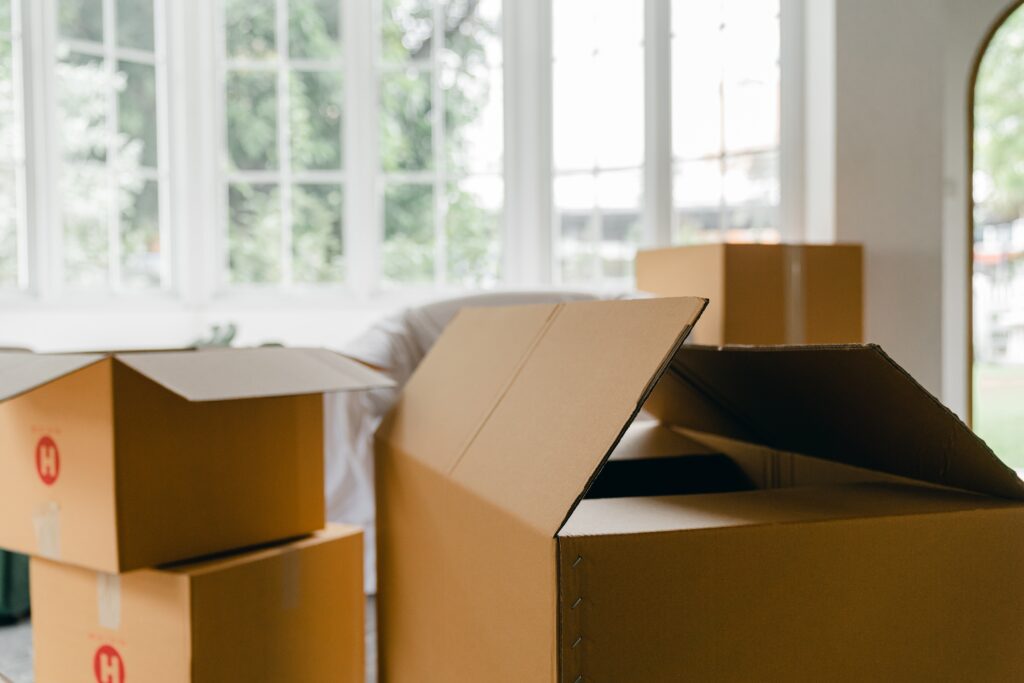
1. Understand that the Energy You Save May be Your Own
Purchasing fewer products breaks the environmentally damaging chain of buy-use-dispose-repeat. It can also make us feel considerably more energized, suggests Joshua Becker, author of The More of Less: Finding the Life You Want Under Everything You Own.
When you ask people what they want most in life, rarely would someone answer, ‘I want to accumulate as much as possible.’ Because that’s not what feels important.
We want strong relationships, we want to make a difference, we want to love ourselves. Most of all, we want the time, energy, focus, and passion for whatever we choose to pursue. Becker asks:
What if we could have all those things as a result of consuming less? Wouldn’t that be mind blowing? Because it can actually work that way.
The more we accumulate, he says, the more mental energy we expend to take care of it. When you begin to accept that what you have is enough and start to let go of some of that consumption—including shopping, social media, overeating, anything that involves ‘input’ mode—it can be exhilarating.
People think it’s a sacrifice to consume less, when actually it feels like freedom.

Try This:
• Open a stuffed junk drawer and notice how it makes you feel. Now, open a nearly empty drawer. Without judgment, feel the difference between the two.
• Pick one item in your home at random. Ask yourself, Does this bring me joy? Does this serve a purpose? Or even, Do I really need this? If not, consider donating or recycling it. Repeat the technique for two objects tomorrow, three the next day, and so on.
2. Let Go Mindfully
People often assume that scaling back their possessions means chucking everything but a backpack and some underwear. (And, hey, do you really need underwear?) But it’s really about understanding what each item you own means to you, says Ryan Nicodemus, co-creator of Minimalism: A Documentary About the Important Things and TheMinimalists.com.
When Nicodemus decided to downsize his belongings, he and a friend packed up his entire apartment as if he were moving out. During the following days, he unpacked only what he needed. After three weeks, about 80 percent of his stuff was still boxed up. So he pulled out a few seasonal items, like his winter coat, and a few extra dishes, then donated the rest.
“I admit, that’s a bit extreme,” he says, with a laugh. “But what about packing up your clothes and noticing what you take out?” Knowing what’s important to you is just as crucial as understanding what to discard, Nicodemus notes. And clothes, in particular, can be a fantastic starting point.
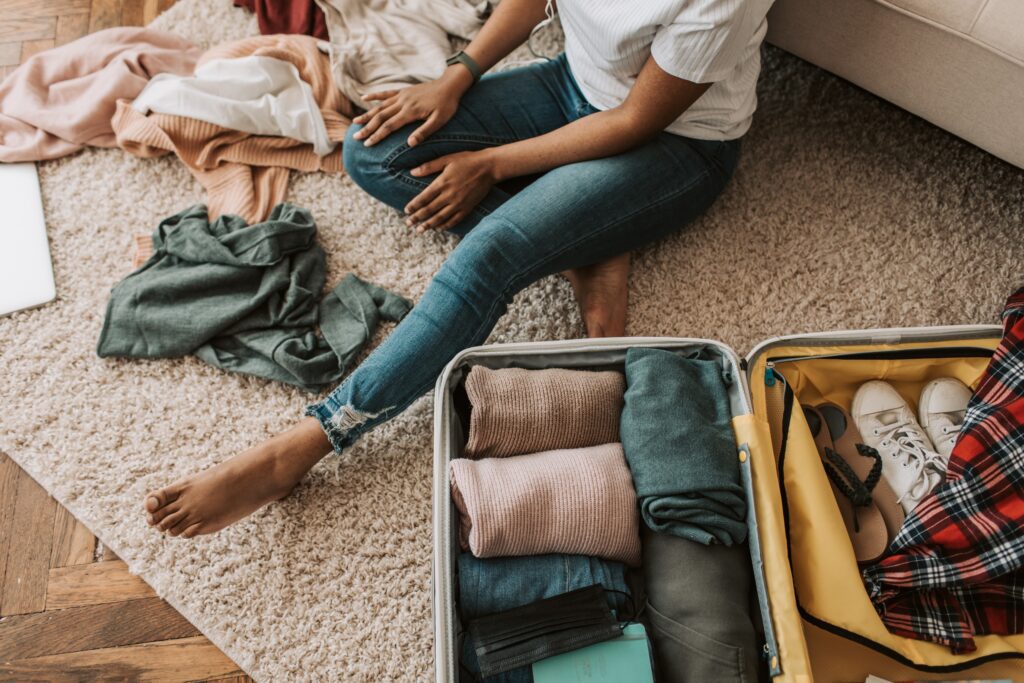
Make your scale-down efforts into a game, he suggests. He cites a campaign called Project 333, which challenges people to dress with 33 or fewer items for three months.
Doing something like that gets you into the mindset of using less, plus, it’s just a fun challenge.
Try This:
• Pack all of one kind of clothing item in a box—sweaters, shoes, etc.—and for the next month, take out only what you need. After 30 days, consider donating what’s left over.
• Put a week’s worth of clothes in a suitcase, as if you’re going on a trip. Then wear only what you’ve packed for those seven days. See how it feels to work with a smaller wardrobe.
3. Live Within Your Means
Nicodemus decided to change his consumption patterns because he wanted more control over his life while working 80-hour weeks at his six-figure corporate job. Over two years, he focused on buying less, spending less, cutting his bills, and paying off his debt.
Then, without notice, he lost his job. As the HR rep went over the details of the downsizing, he remembers thinking, “This is the best thing that could have happened to me.”
Nicodemus had become so adept at living cheaply that when this drastic transition occurred, he knew he could cover his necessities and still have a future filled with possibilities.

He realized that, thanks to his new lifestyle, he’d “be able to avoid finding another job that takes most of my time and opt instead for a mission I enjoy. I’ll have more time for the people I love, which has been a huge struggle for me ever since I started my corporate climb.”
Try This:
• Make nonspending into a game. How many days can you go without buying clothes, nonessential trinkets, or little ‘rewards’ for yourself? When you do buy something, start over the next day and see if you can beat your record.
• After your next grocery trip, see how long you can go without buying food again. You’ll be surprised how creative you can be with leftovers. Plus, it trains you to use what you have and reduce food waste.
4. Go for Quality
Sustainability expert Robert Shapiro suggests a useful phrase to help guide your spending behavior: selective materialism. By focusing on high-quality, durable, long-lasting products, you might hit the top of your affordability range. But consider the return on investment.
Paying more for a well-made item means you can use it for years–sometimes decades. You’ll be able to shop less often and replace fewer goods, keeping more out of the waste stream.
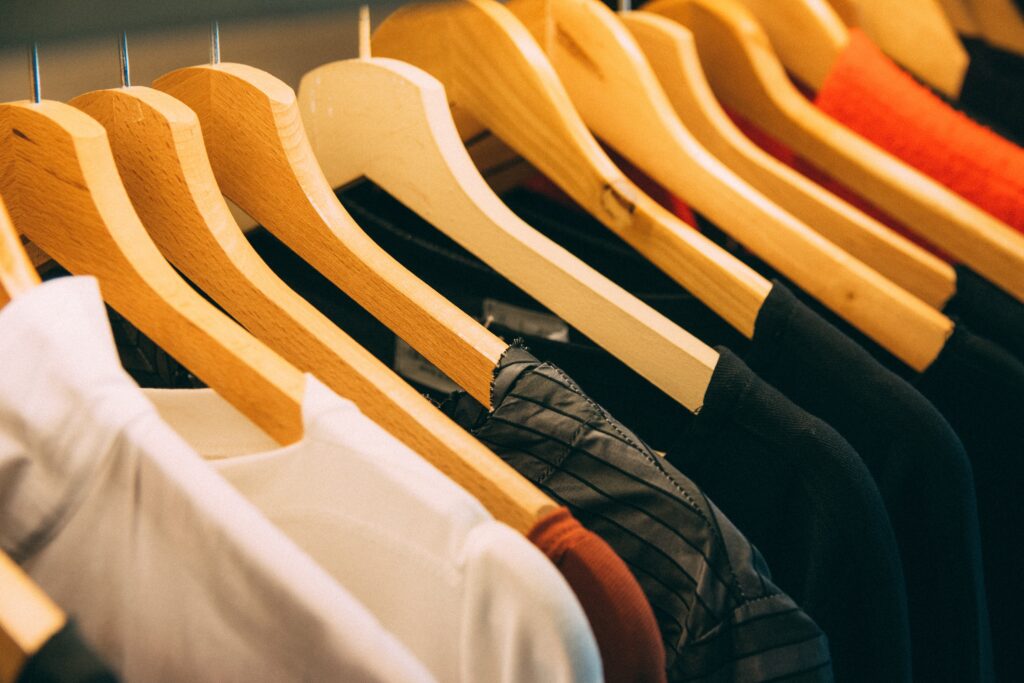
For example, ‘fast’ or cheap fashion has a higher cost than you may realize. Consider the low wages and hazardous working conditions garment workers face, and the environmental impact pesticides have on fabric crops. Nicodemus comments:
The environmental impact of cycling through so much clothing is astounding. We’re now at the point where a pound of rice and beans costs more than a pound of clothing. We pay for it in resource depletion.
And not all quality goods are expensive, Shapiro adds:
And not all quality goods are expensive, Shapiro adds:
Think of your possessions as a collection with a certain, stable size, Shapiro adds. So when you get something new, something else gets donated or recycled. Shopping this way can help create a sharp distinction between need and want that will serve you in multiple ways.
We are taught to want what’s new, but when you begin to deprogram yourself from that, some amazing things can happen. You start to feel satisfied with what you have, and you bring in only what you really love. When you extend that to all aspects of your life, it feels liberating.
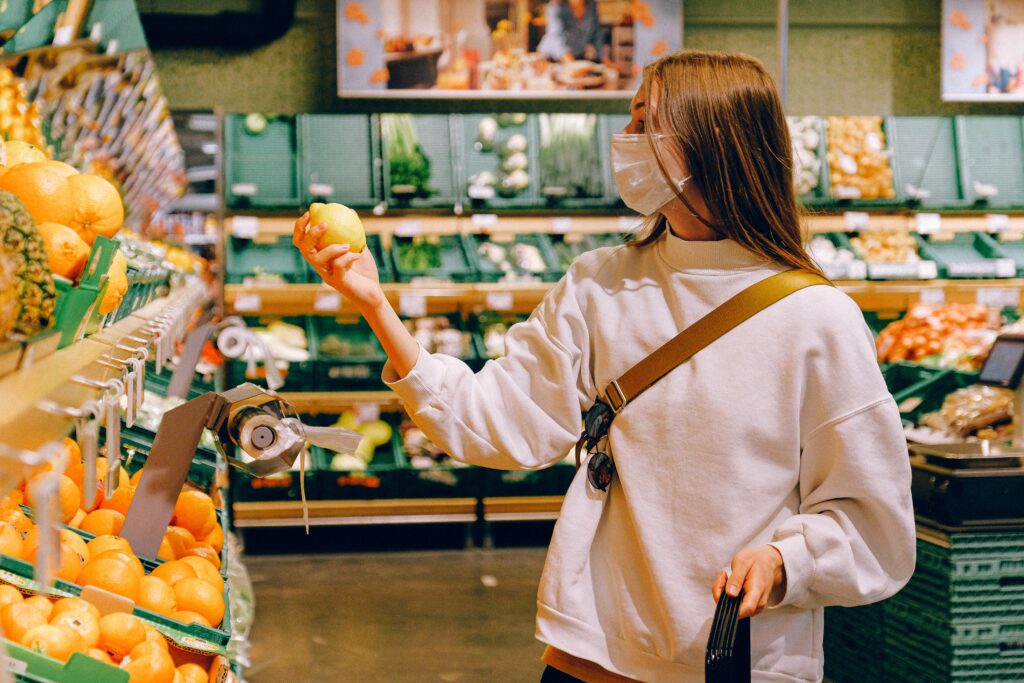
Try This:
• Before you walk into a store, make a list, or stop and ask yourself exactly what you’re going to buy. Then make a beeline for those items and head to the cashier. This will keep you focused on your intentions, and it honors your resolve.
• Look around one room in your home. If you were to suffer a natural disaster and lose everything you see, what would you miss? Would you feel relieved if certain items were lost? What is so durable that it could survive a flood? Let that information be your guide to future choices.
5. Cultivate Contentment
Whether you’re consuming food, drink, media, live entertainment, or the sights and sounds of recreational shopping, stay present. Take a moment to consider whether you’re actually ‘full.’ Notice if you’re consuming out of habit or boredom.
Many of us are used to sailing past our satiety point. We numb out and eat the rest of what’s on the plate or watch a lackluster TV show. But cultivating presence can help, Gielan says. That means developing an understanding of what truly brings us pleasure, and knowing how to savor what we’re doing, eating, or watching in the moment.
Research has indicated that about 90 percent of our happiness comes from how we process the world, which means how you look at your circumstances. Only 10 percent is external, which means the stuff you consume in some way. The way you think about what you have really matters. In fact, it’s everything. It can lead to happiness or unhappiness, depending on how you’re looking at it.
Try This:
• Whatever object you see first when you glance away from reading this, keep looking at it for 30 seconds. Try to view it as if you’ve never seen it before. Notice the detail, the color, the shape. This meditation technique trains your brain to focus on one thing at a time—and appreciate what you’re seeing.
• Track the moments of your day in a journal: what you eat, read, work on, drink, even daydream about. Just jot down a couple of short sentences about each. Then read them a few days later. You might be surprised to find how many moments you don’t recall because you were operating on autopilot.
Making the Connection
Annie Leonard believes that the best way to help the environment is by inviting your neighbor over for tea.
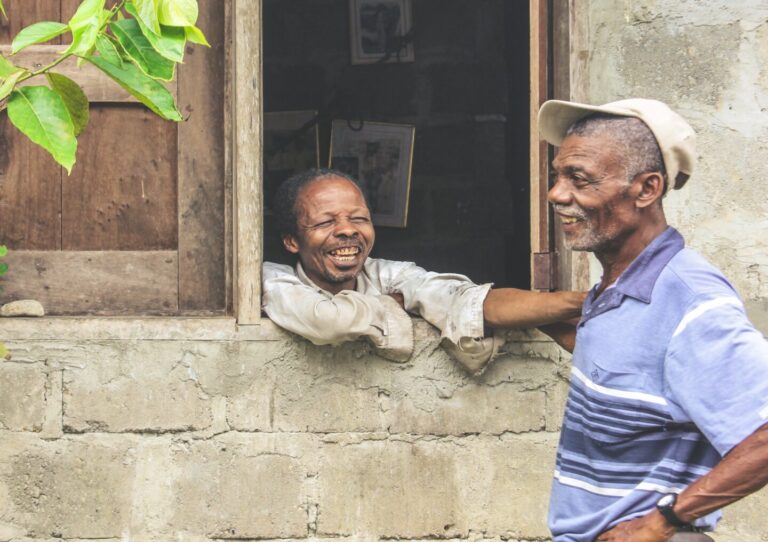
The more connected you become, the more likely you’ll feel comfortable sharing rather than buying. You’ll be able to ask to borrow an onion from your neighbor instead of driving to the store for one, or you’ll pitch in with a few people on your block to buy a single lawnmower to share.
Shana DeClercq, community engagement manager at The Story of Stuff Project, says:
Making a change is really all about multiplying your personal power by the power of your friends and neighbors.
Curbing your consumption doesn’t have to be a grim task. In fact, it can be joyful.
When you learn to engage fully with the people, possessions, and experiences that already surround you, and use your skills and creativity to make the most of them, you just might recognize that what you have is simply enough.
Experimenting with Enough
When Joshua Becker and his family began to scale back on stuff, they tried a variety of experiments. They removed apps and notifications from their smartphones, didn’t eat out for a month, and limited their wardrobe choices.
As we conducted experiment after experiment, we began to recognize that our home and family functioned just fine, or even better, without the clutter weighing us down and stealing our time and energy.
Not every experiment worked. They sold one of their cars, reasoning that it would be simpler, cheaper, and more environmentally friendly to have only one family vehicle. After two weeks in which nearly all their time was spent driving each other to work or school or activities, they knew it was the wrong move. They ended up buying another car.
Most of our living-with-less experiments were not like that one, but either way, if you keep doing things like this, you won’t have to wonder about whether you should live without something. You’ll know. And then you’ll be discovering what the meaning of ‘enough’ is to you.
Written by Elizabeth Millard and was sourced from Uplift.love with thanks.

